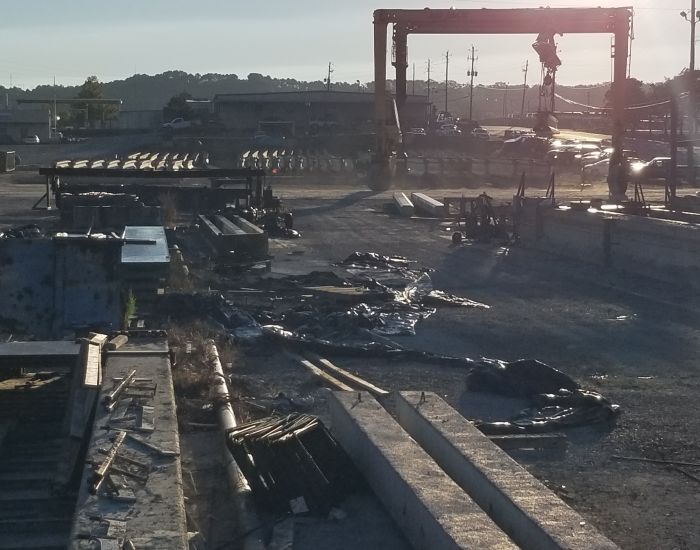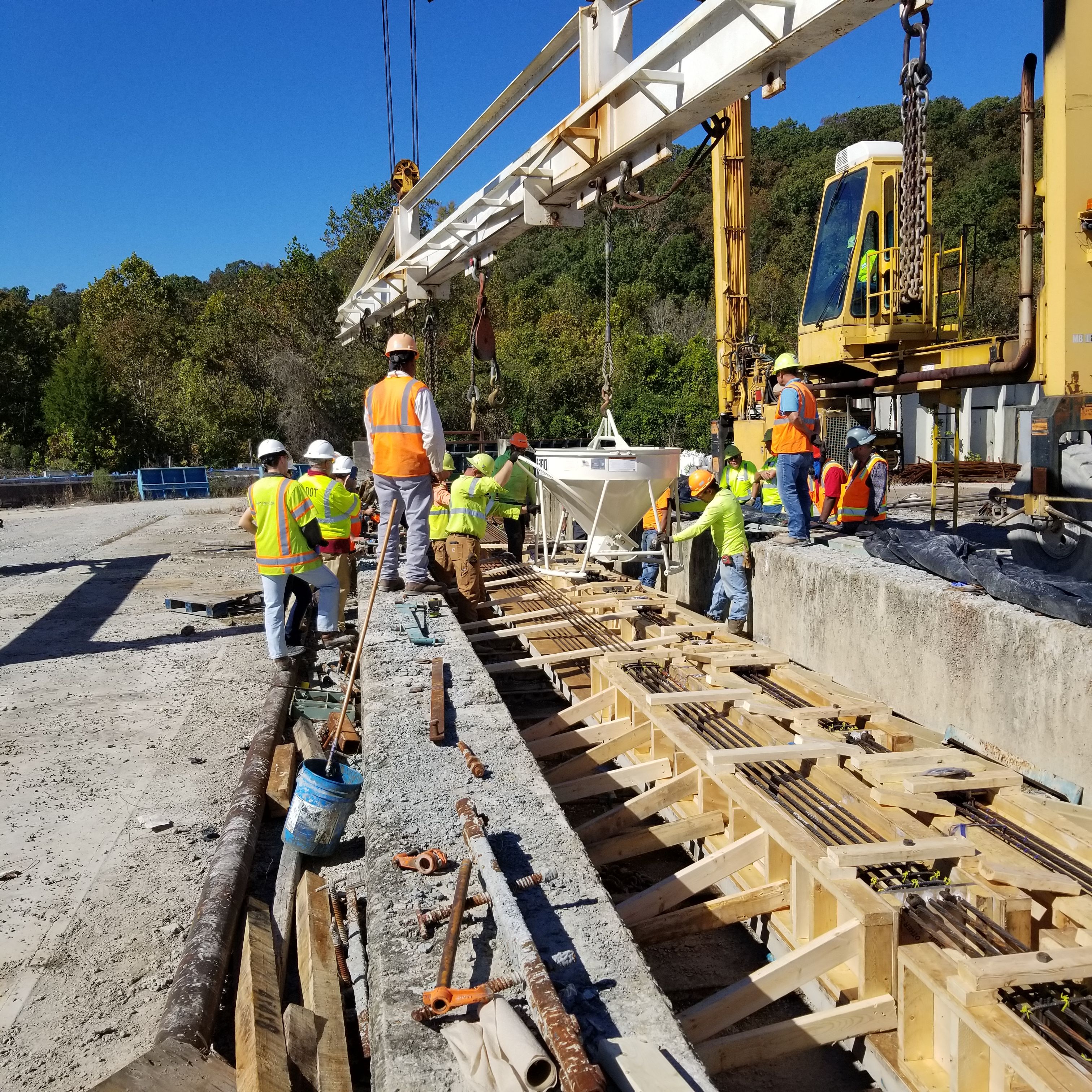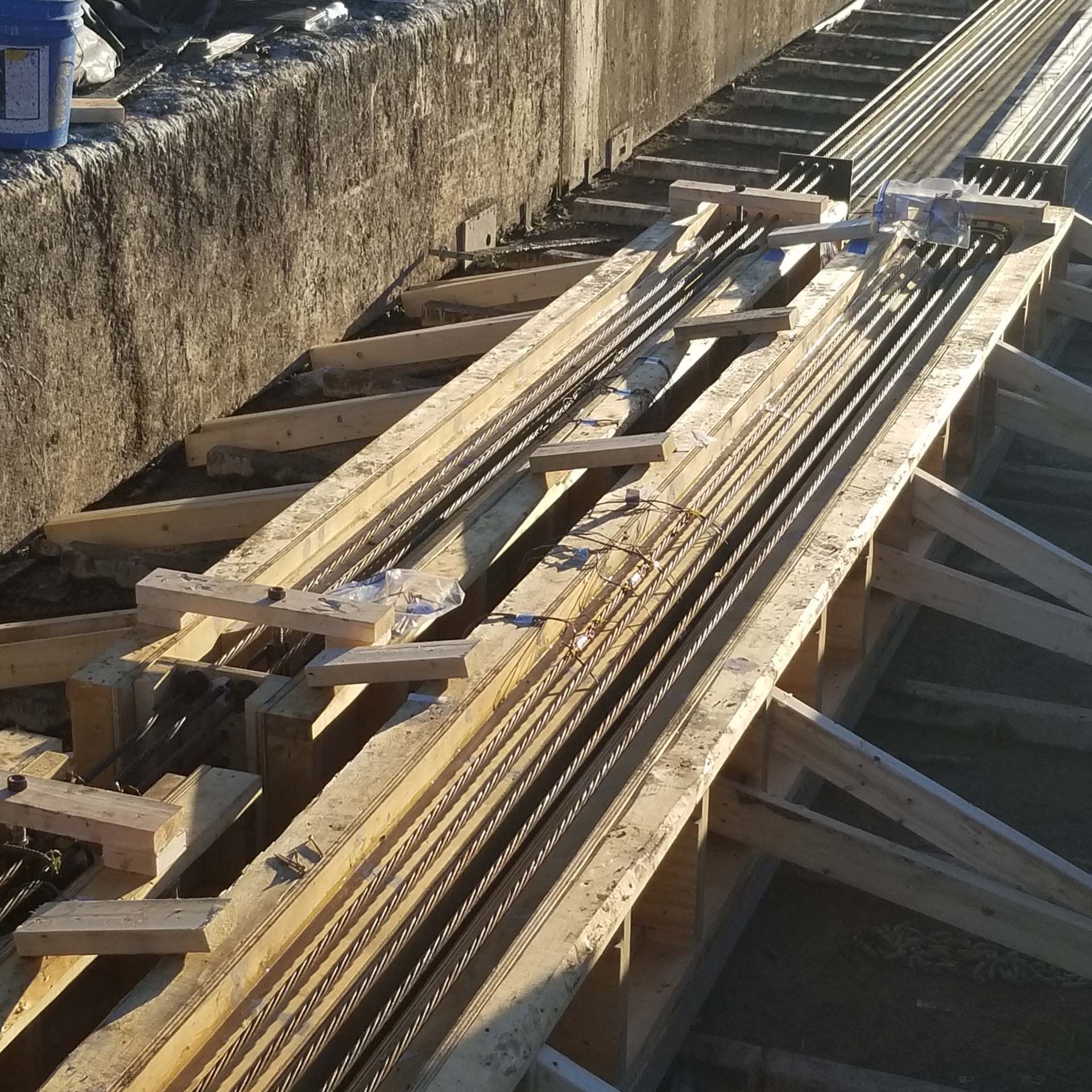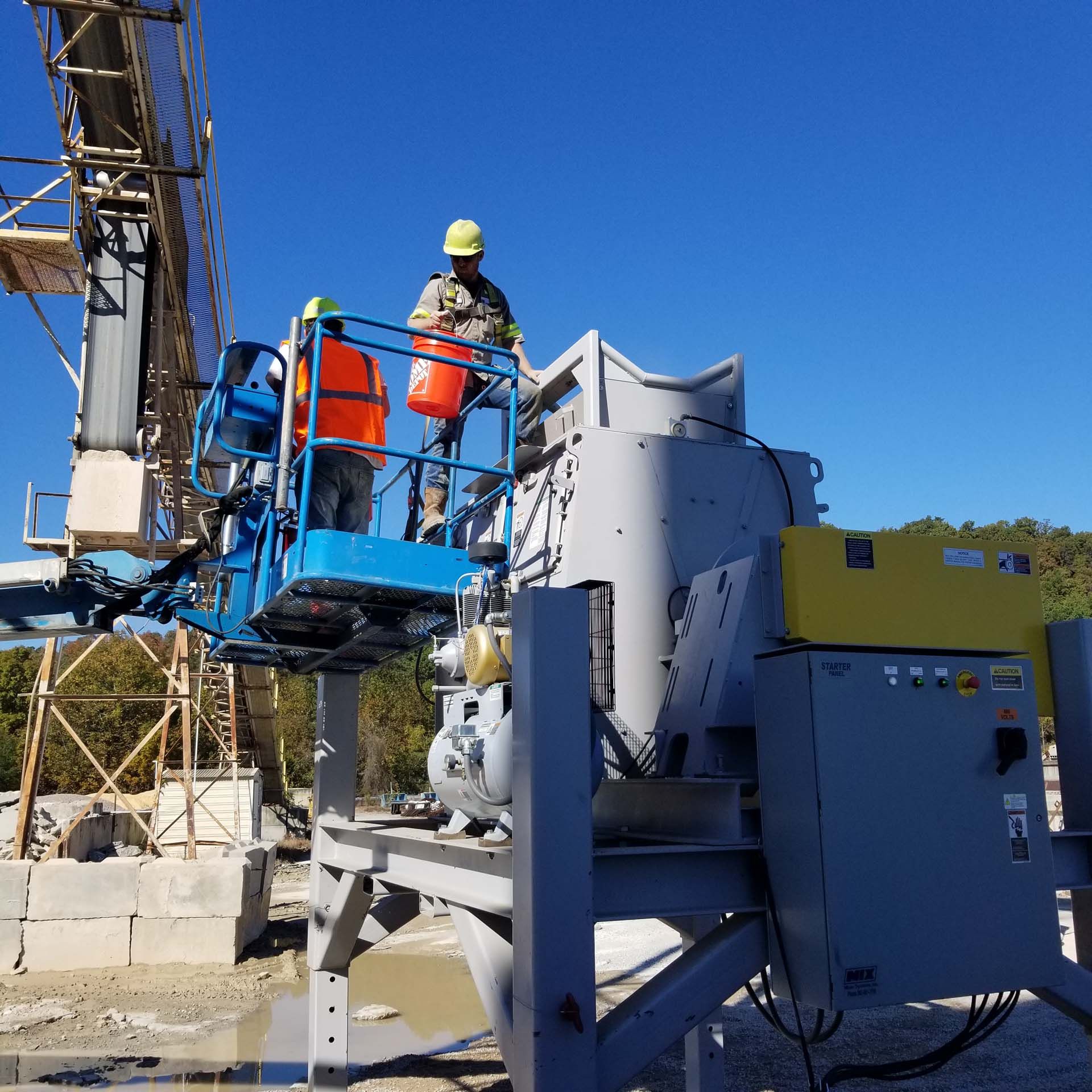ALDOT Researching UHPC for H-Piles
Like many departments of transportation, ALDOT is interested in increasing the service life of bridges and other structural systems.
Bridges across the state are often supported by pile foundation systems made of steel. In the past, steel has been chosen for its compressive and tensile strengths, ease of shipping and installation and its ability to penetrate even the hardest layers of soil. While the material is lighter than traditional concrete, steel is much more expensive and subject to severe corrosion and deterioration from water and chloride intrusion.

“Our goal with this project is to demonstrate how UHPC can be used in underground environments that would otherwise be deleterious to steel H-pile foundations,” says Hannah Tzabari, Technical Service Engineer for Smart-UP.“As UHPC gains popularity in the United States, ALDOT funded this project to develop an application that could be used in Alabama.”
Why UHPC?
Previous state DOT research projects have found that piles made with UHPC minimize drivability challenges, extend service life, and reduce maintenance costs. Because of its excellent durability, high compressive strength and tensile characteristics, UHPC piles could enhance the efficiency of a foundation by reducing the number needed in a pile group.
For the Alabama test project, shapes and dimensions of the UHPC H-piles mimicked standard steel shapes used by ALDOT, with a few modifications to fully utilize UHPC’s impressive compressive strength.
The Process
Premix was lifted by forklift to the mixer, while water and admixtures were batched into buckets and brought to the mixer in a manlift. Fibers were also brought via manlift. The SMARTUP took an average of 20 minutes to mix, then was discharged into a hopper that was brought via forklift and mi-jack to the precast/prestressed beds.
The UHPC was discharged into the formworks, then finished with a roller to smooth fibers. The UHPC was covered with plastic for curing.
Because workers at Forterra were not completely familiar with the unique properties of UHPC, having a SMART-UP representative onsite was crucial to ensuring the correct consistency was achieved and materials were added at the right time.
“Some challenges that day came from variable weather and batch sizes,” says Tzabari. “We had to make adjustments in the admixtures and mixing times as the outside temperature went from about 50° in the morning to 70° in the afternoon. That meant smaller batch sizes which in turn required longer mixing times.”
The UHPC prep, production, pouring, and cleanup took about 6 hours to complete.
“Even with the variability in casting rates, overall the material exceeded expectations of the research group in terms of on-site workability and mixing time flexibility,” says Tzabari.
Further testing of the UHPC H-piles is ongoing at the University of Alabama.


